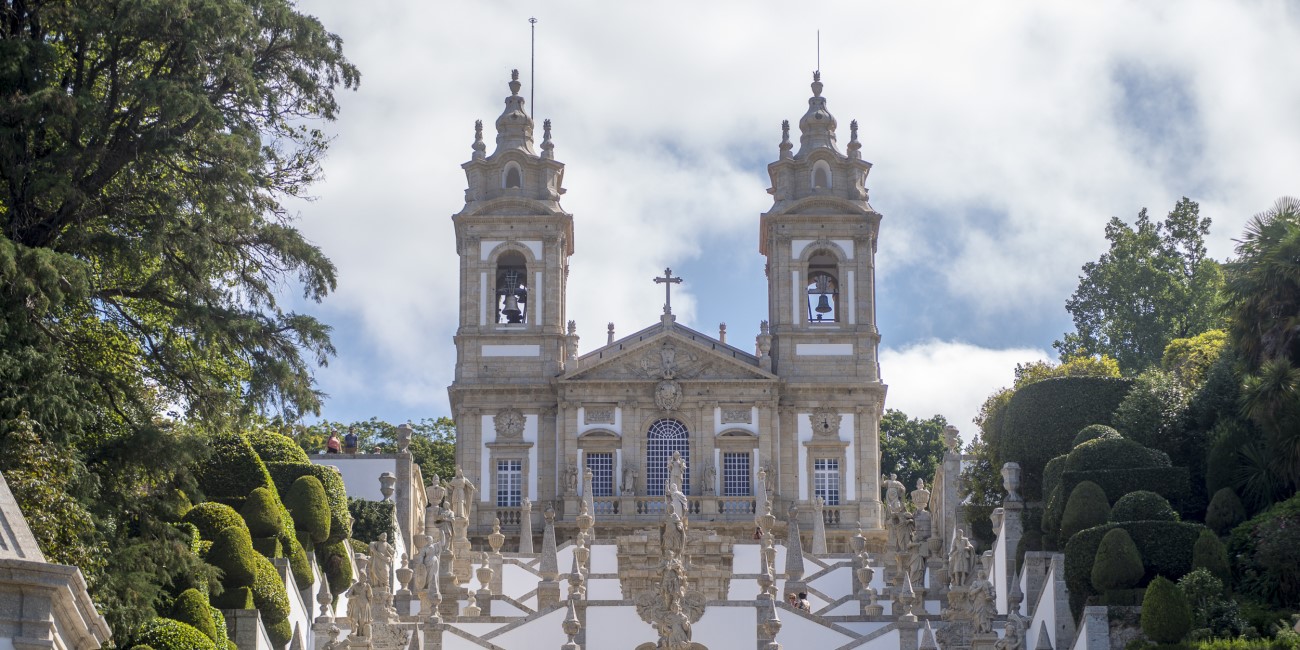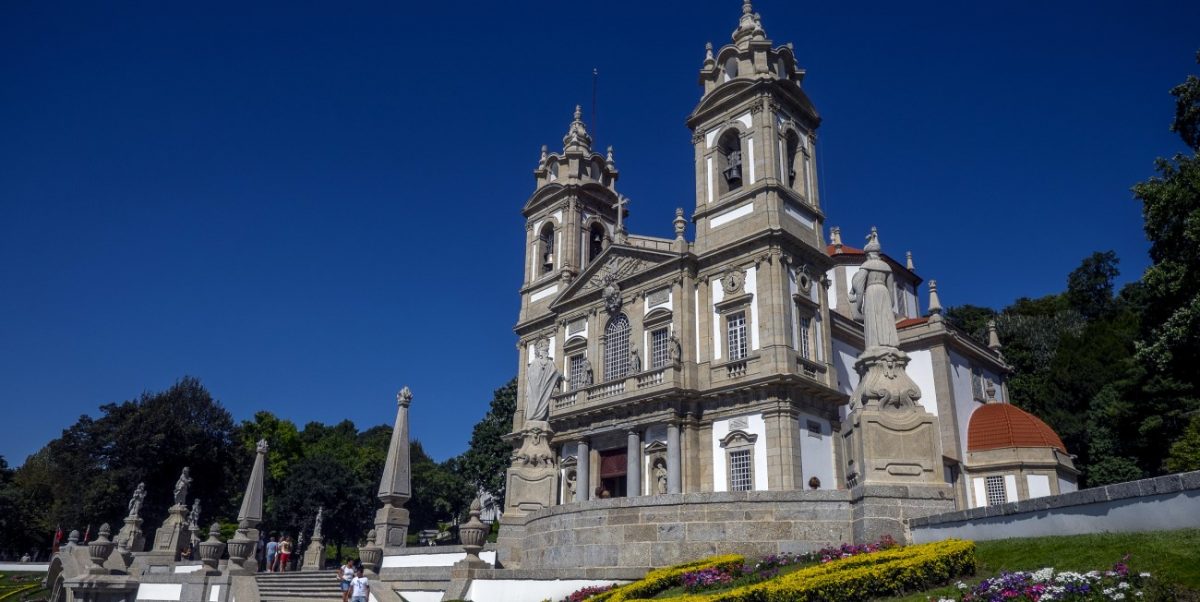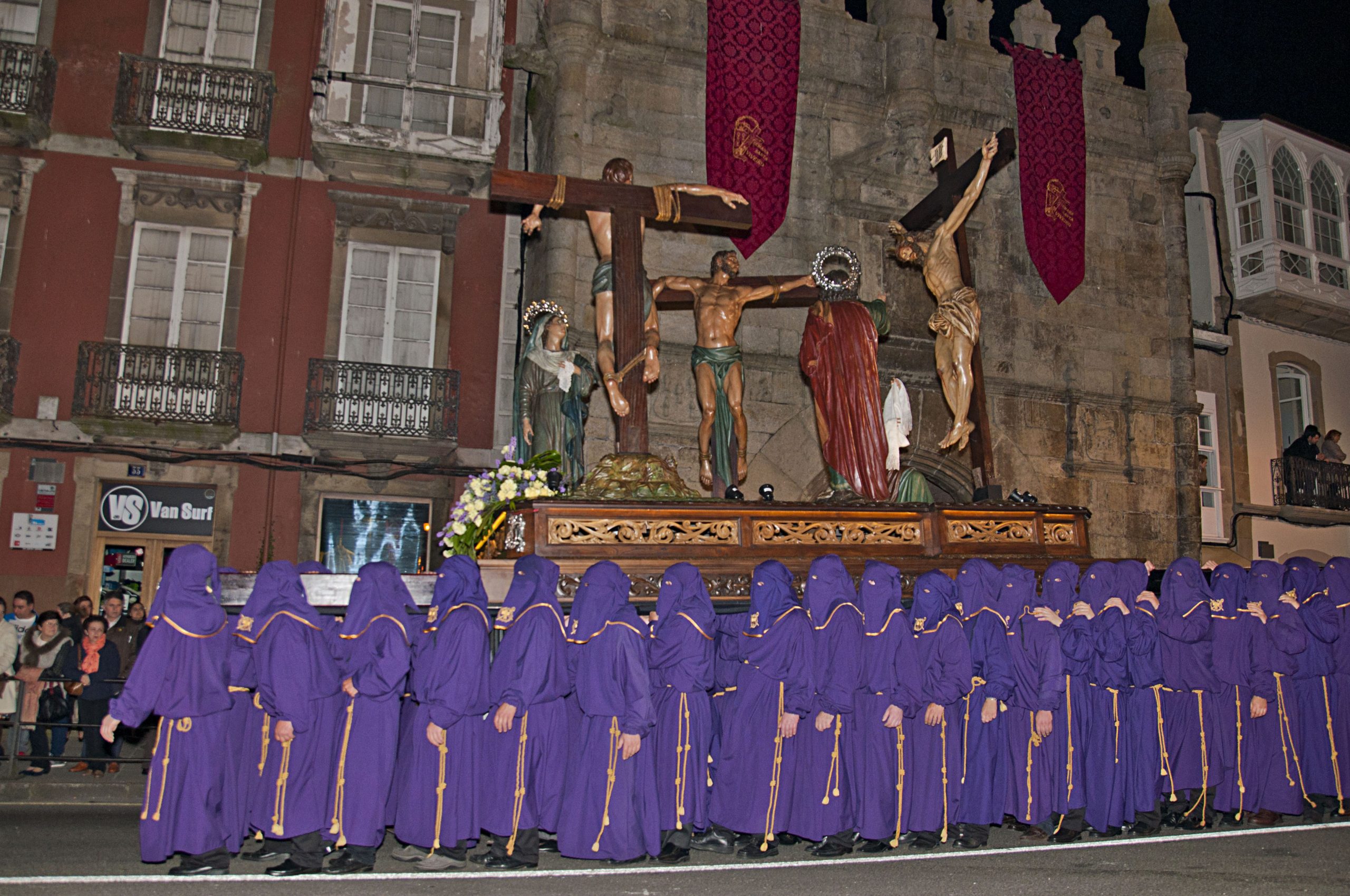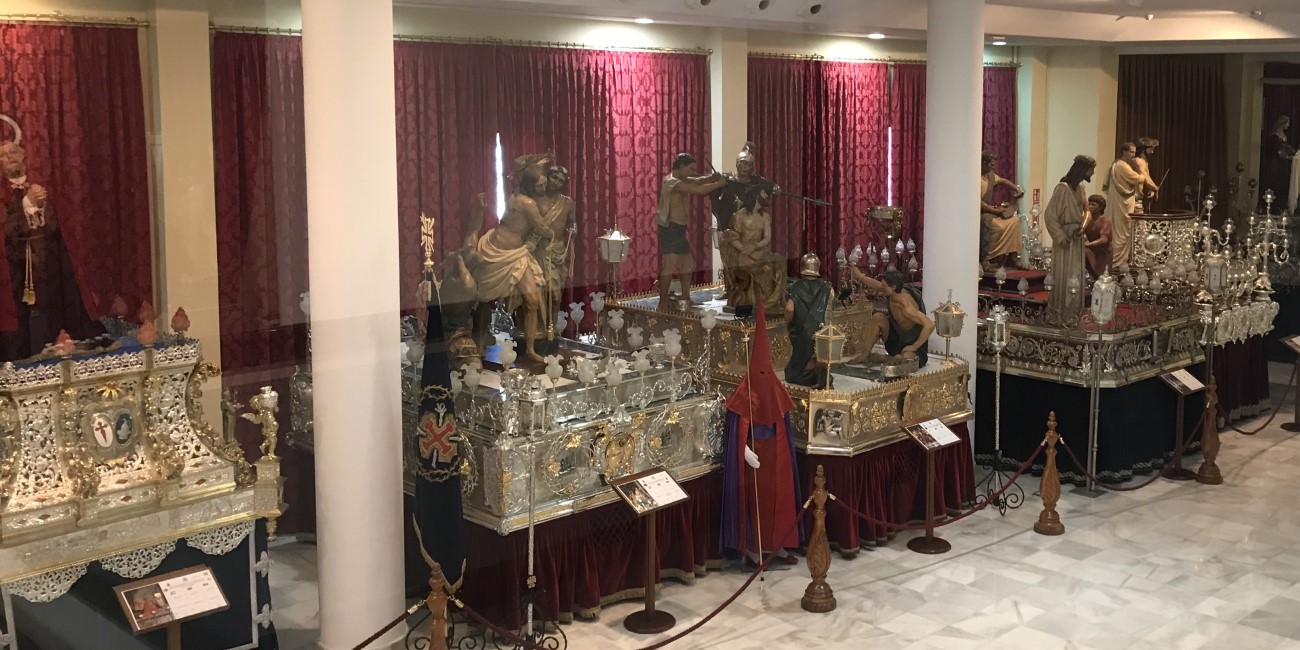
Braga: A singular Holy Week and a rich historial-artistic heritage
Located just over 50 km from Porto, it is a must for anyone who visits the north of Portugal. With its approximately 200,000 visitors, Braga is currently the third largest city in the country. It is a city with a long history, the capital of Gaellica during Roman rule, a time from which we can find numerous vestiges such as the Baths or the Roman theater. The city had a special relevance in the formation of the kingdom of Portugal in the Middle Ages and a period of splendor and development during the Baroque.
Its Holy Week celebrations, some of the most renowned in the country, undoubtedly deserve a careful visit to discover some traditions that date back to the 16th century. Some celebrations that begin on Palm Sunday and will continue until Easter Sunday.
One of the highlights of these celebrations is the Procession of Nuestra señora de la Burrita, but it is far from the only one. We can also highlight the Procession of the Entierro del Señor, the acts of the Basilica of Dolores around the image of the Holder or the joyous celebrations of Easter Sunday. In another moment we will comment in detail on some of these celebrations.
But there is still a long way to go for next Easter. That is why today we want to focus on other points of interest in the city that we can enjoy at any time. Without a doubt, the summer is a good time to enjoy the many attractions of Braga, a safe city, not overcrowded and very welcoming.
We want to highlight first of all the visit to the Sanctuary of Bon Jesús do Monte, also closely linked to Holy Week, an important pilgrimage center and one of the most visited places in Portugal, recently declared a World Heritage Site by UNESCO. Its privileged location makes it a privileged observatory for the entire environment.
Without a doubt, the first element that catches your eye is its fantastic baroque staircase. From the bottom it offers us an excellent perspective, and is one of the must-see photographs of the visit. Climbing the stairs is well worth the effort. The stairs have a symbolic meaning and value. The first section evokes the Cross with small chapels that represent the Passion of Christ. The second section represents, through a series of allegorical sources, the five senses. The last section, and also through sources, we find representations of charity, hope and faith. This unique staircase was built in the 18th century.
But we can also choose to overcome the marked unevenness by means of the funicular that ascends parallel to the staircase, built in 1882 and today declared a National Monument. A jewel of the Portuguese industrial heritage. It is the oldest water-counterbalanced funicular in the world.
Upon arrival at the Sanctuary we will find one of the best panoramic views of the city, its height and its privileged location allow us to contemplate a magnificent view of Braga. A view that is well worth the upgrade.
 We are already at the door of the Sanctuary. This point has been a place of worship since ancient times, with evidence of the existence of a temple on the hill as early as the 14th century. This temple was completely transformed at the beginning of the 17th century, being again remodeled in the 18th century according to a project by Carlos Amarante, in a neoclassical style, laying the first stone of the new building in 1784. The works lasted until the 19th century, being consecrated in 1857. The façade, with its sober lines, is a clear example of neoclassical work, among the many details that we can see, the sculptures of the prophets Isaías and Jeremías located on both of them are interesting, sides of the main door, the work of Manuel Joaquim Alvares y Sousa Alao. Also the sculptures of the four evangelists on the railing, by the same firm.
We are already at the door of the Sanctuary. This point has been a place of worship since ancient times, with evidence of the existence of a temple on the hill as early as the 14th century. This temple was completely transformed at the beginning of the 17th century, being again remodeled in the 18th century according to a project by Carlos Amarante, in a neoclassical style, laying the first stone of the new building in 1784. The works lasted until the 19th century, being consecrated in 1857. The façade, with its sober lines, is a clear example of neoclassical work, among the many details that we can see, the sculptures of the prophets Isaías and Jeremías located on both of them are interesting, sides of the main door, the work of Manuel Joaquim Alvares y Sousa Alao. Also the sculptures of the four evangelists on the railing, by the same firm.
The interior is sober and spacious. We need to look at the paintings by Pedro Alexandrino, from the 18th century, as well as the main altarpiece dedicated to the crucifixion and the image of the Lord of the Steps. We can also find inside the Museum of Sacred Art of the Brotherhood and an interesting library.
There are many resources that we can find walking through the streets of the city: the Cathedral, the Porta Nova, different crossroads, numerous chapels and palaces, the Congregates convent, the abundant archaeological remains, its museum, … A heritage complex that will make the delights of all art and culture lovers and that we will discover in future chapters.
(Photographs taken from the Braga tourism page)




